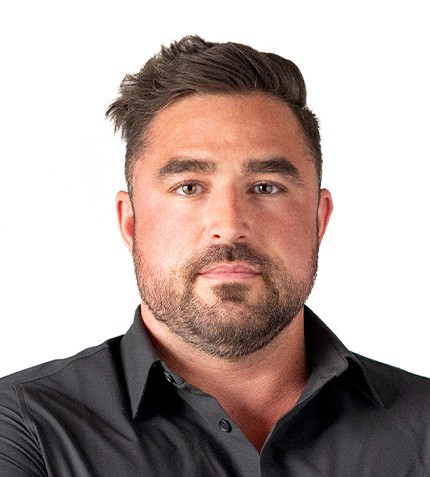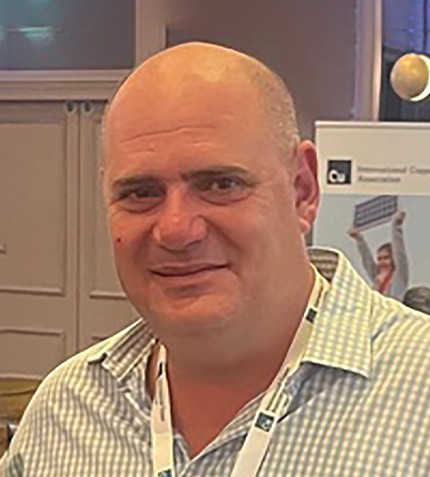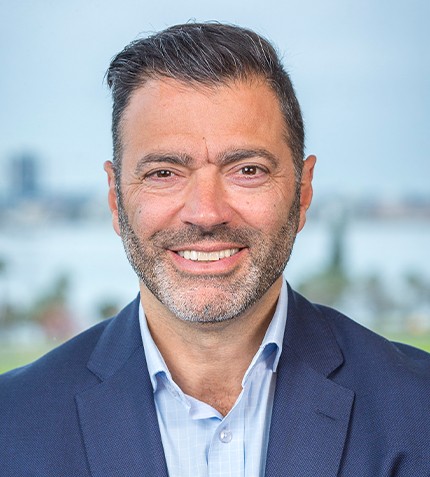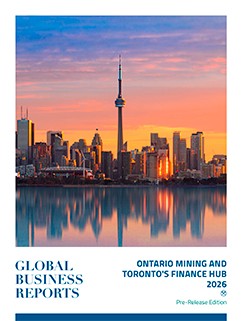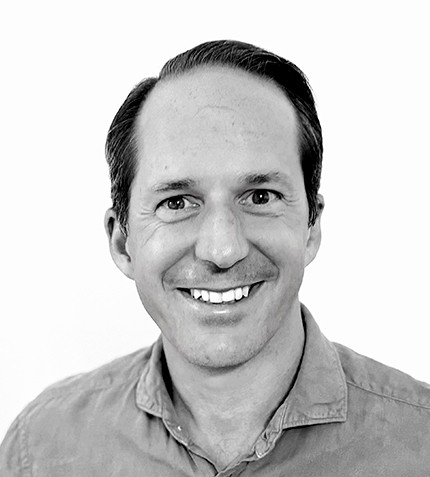
"We are aware that graphite is not rare in itself; the crux (and the real value) is the midstream processing and refining part, and that’s what we are tapping into."
Matthieu Bos
PRESIDENT AND CEO, FALCON ENERGY MATERIALS
Could you introduce our readers to Falcon Energy?
Previously called SRG Mining (Sama Resources Guinea), Falcon was a spin-out from Sama Resources. In 2022, we recapitalized SRG with the help of La Mancha, and focused on the 42 million t @ 4.2% Cg Lola Graphite project in Guinea. After studying the graphite market with our partners at La Mancha, we decided to move into midstream processing and produce CSPG (Coated Spherical Purified Graphite), a battery anode material.
There are two main approaches to producing CSPG, a market dominated by China, which controls close to 90% of it. One is to try to crack the code yourself, an approach that has been pursued by the majority in our industry. The other is to leverage existing Chinese expertise instead of reinventing the wheel. We chose the latter, forming a unique partnership with China-based Hensen Graphite & Carbon Corporation, and we will be producing high-quality CSPG at our anode plant, currently at DFS level, in Morocco.
Could you elaborate on the advantages of using Chinese expertise in developing the anode plant?
The successful collaboration between Ivanhoe and Zijin at Kamoa-Kakula can be seen as a blueprint for West–East deal structuring, and we applied the same principles when designing our business plan. While the West is trying to develop CSPG capabilities independently, the Chinese have already mastered the technology. They're at least 15 years ahead and have likely invested around US$1 trillion collectively in proven, real-world solutions, used in everyday brands like Tesla. It would take a long time for others to catch up and reach the same specs. Starting from scratch on something that already exists contradicts both scientific and market logic, so we chose to leverage what’s already available.
The CapEx for the anode plant is estimated at around US$100 million. What explains this low number?
We will be building a 25,000 t/y CSPG plant, which will consume 50,000 t/y of natural graphite concentrate (2:1 ratio). The capital cost for the plant is approximated at US$100 million and operating costs between US$3,000 and US$4,000/t of CSPG. There are a couple of reasons why our capital costs are significantly lower than anything else on the market: The first is that we are copying an existing plant that has been built by our partners, Hensen, in China. There is also a location arbitrage, with Morocco sitting probably in the middle between a very expensive location like the US and a very low-cost one like China. One of the most strategic advantages we have in Morocco is direct access to a key consumable, hydrofluoric acid, used to purify graphite. Our plant sits within the perimeter of OCP Group, the country’s largest phosphate and fertilizer producer, and we partner with Fluoralpha, who will be the biggest producer of hydrofluoric acid in Morocco.
Will the anode plant be open to third-party graphite concentrate feedstock?
Absolutely. There is a big misconception in the industry that you need to be 100% vertically integrated, but it is very risky to rely on a single source of material. There is no shortage of natural graphite in the world, and as much as we have a great project in Guinea, with two feasibility studies completed, we are aware that graphite is not rare in itself - the crux (and the real value) is the midstream processing and refining part, and that’s what we are tapping into.
How are recently introduced US tariffs impacting graphite and anode material producers?
US announced anti-dumping duties of 93.5% on imports from China on anode active materials from China on top of the other Chinese tariffs, a move that resulted in a spike in the share prices of Western producers; however, Tesla recently said US graphite producers are yet to show the technical ability to produce commercial quantities at the quality and purity required by Tesla and other battery cell manufacturers. So yes, share prices will go up as they do, and it is sometimes easier to mine the capital markets than to build something. There are currently a lot of government grants to incentivize Western production, but you cannot build a business that is reliant on free money and trade barriers because these tools come and go, depending on the political sentiment. Our business model is built to endure without those crutches.
What is the current development timeline for the anode plant?
The FS should be out around November this year. This coincides with the pilot plant we’re building within the OCP zone, just 1.5 km from the full-scale site. Following that, we’ll sign the lease agreement, begin the EIA process for the full-scale plant, and initiate early site works. Our goal is to begin formal construction in H2 2026.
Do you have a final message?
We believe in a world that thrives on cooperation, not polarization and isolationism. The 160% total duty rate the US is applying to Chinese producers is highly inflationary, and consumers ultimately bear the cost. Right now, people discount us because we work with Chinese partners. But this is the only realistic way to get to the finish line. Producing CSPG is a complex puzzle, and we are the only company positioned on neutral ground in Abu Dhabi, with real estate in Morocco, access to raw materials, Chinese expertise, and Western governance, ready to supply Western offtakers.




